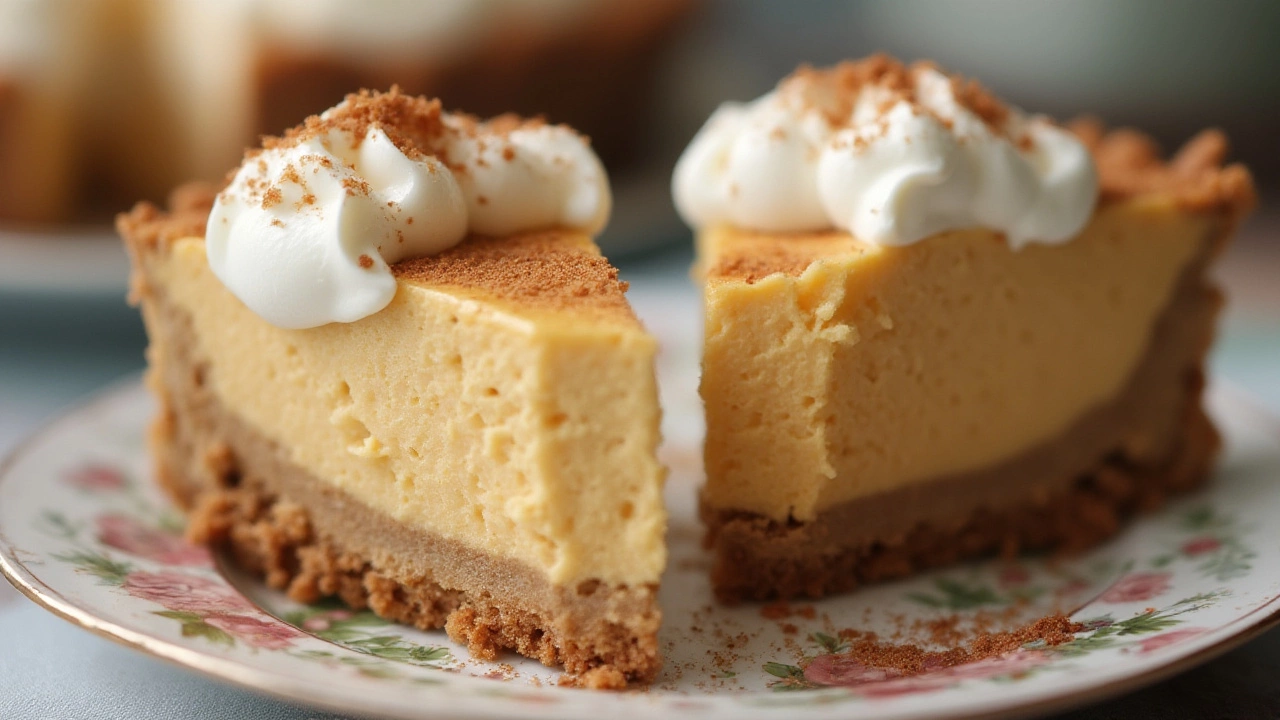
Maybe this has happened to you, too: you’re halfway through a recipe, hands sticky with flour, only to discover the can you grabbed says “evaporated milk,” but your recipe calls for “sweetened condensed milk.” The panic hits—do you really need to brave the store again, or can you just use what’s already in your pantry? I can’t even count the number of times I’ve faced this puzzle while baking brownies or making fudge. This question isn’t just kitchen trivia—it can make or break your dessert.
The Real Difference Between Evaporated Milk and Condensed Milk
Most people think these two cans are basically twins, but there are some big differences you need to know before you dump a can in your mixing bowl. At first glance, both evaporated milk and condensed milk look a lot like thick, creamy milk in a can. But dig a little deeper, and the story changes.
Evaporated milk is just regular milk that’s been heated until about 60% of the water has been taken away. This makes it richer and slightly caramelized in flavor, but it’s still pretty neutral—no sugar added. You can spot this in the ingredient lists where there’s nothing but ‘milk’ and sometimes ‘stabilizers’ for shelf life. Think of it as a creamy, shelf-stable version of milk that’s great for soups, sauces, or even your morning coffee if you’re out of cream.
Condensed milk, on the other hand, isn’t just evaporated. It’s evaporated and then sweetened, usually with a hefty dose of sugar—around 40–45% of its content is pure sugar. When you open a can, it’s thick, sticky, almost like syrup, and definitely sweet—think fudge, tres leches cake, or Vietnamese coffee. Ingredient labels usually list ‘milk’ and ‘sugar,’ with nothing else.
Here’s a quick breakdown for comparison:
| Product | Main Ingredients | Consistency | Flavor Profile |
|---|---|---|---|
| Evaporated Milk | Milk (no sugar) | Pourable, creamy | Rich, slightly caramelized, unsweetened |
| Condensed Milk | Milk, Sugar | Thick, sticky, syrup-like | Very sweet, creamy |
If you focus on only evaporated milk without thinking about the sugar, you’ll probably end up with a cake or pie that’s missing the softness and sweetness that condensed milk brings. That’s because the sugar in condensed milk isn’t just for flavor—it also changes the texture of your final product. It holds moisture, gives structure, and can affect browning. When using evaporated milk as a straight swap, these things can go awry.

When a Swap Is Okay—And When It’s Not
This is where things get interesting. If your recipe relies on condensed milk for sweetness and texture (hello, no-bake cheesecakes, magic bars, or homemade caramel sauce), evaporated milk alone simply won’t cut it. Believe me, I learned this the hard way making pumpkin pie: it turned out pale and bland, more like a savory quiche than a dessert. There’s no quick fix—sugar alone can’t make evaporated milk taste or behave like condensed milk because of how it changes the chemistry during cooking.
But maybe you’re just a little short on condensed milk, or you’re baking for someone who needs less sugar. Here’s what you can do:
- Add sugar to evaporated milk: For every cup of condensed milk required, mix one cup of evaporated milk with about 1¼ cups of granulated sugar. Warm it gently and stir well to dissolve the sugar. This comes close to the texture and sweetness, but remember: it still won't be identical, and it won't thicken quite as much.
- For recipes where sweetness isn’t central: If you’re making a casserole, mac and cheese, or a creamy soup, you can swap evaporated milk with no big issues. It’s only in desserts where things get tricky.
- Baking or candy: When a recipe says condensed milk, especially for fudge or caramel, stick to the real thing. The sugar is part of what causes candy to set up right and have the right texture. Replacing it could mean your fudge doesn’t set or your pie filling turns out soupy.
Still thinking about giving the swap a try for your favorite treat? Just keep your expectations in check, and don’t be surprised if your dessert turns out a little different than planned.

Practical Tips to Make the Best of Your Kitchen Swaps
Now for the life hacks. If you find yourself staring at that lonely can of evaporated milk on the shelf, here are a few more ways to make the most out of it:
- DIY sweetened condensed milk: If you have some time and extra sugar, you can make your own version of sweetened condensed milk at home. Combine equal parts evaporated milk and sugar in a saucepan, bring to a gentle simmer, and cook for about 30–40 minutes—stirring frequently—until the mixture has thickened and reduced. Cool it down, and it’ll work in a pinch for most dessert recipes.
- Flavor adjustments: Since evaporated milk is more neutral, you might want to bump up spices or add a splash of vanilla if you’re adapting a dessert recipe.
- Understanding the moisture problem: Sugar helps retain moisture. If you’re swapping evaporated milk for condensed milk in baking, your dessert could end up drier than intended. Add a tablespoon or two of extra liquid, like water or milk, to counterbalance this.
- Make it creamy: For ice creams and puddings, the swap might affect creaminess and body. If you’re set on using evaporated milk, consider adding a little cornstarch (about a teaspoon per cup) to help thicken things up.
- Savory uses: Don’t overlook all the things evaporated milk can do that condensed milk can’t. It’s excellent in mashed potatoes, quiche, chowders, and classic mac and cheese, where sweetness would be unwelcome.
Here’s something wild—you know those popular Vietnamese coffee recipes? They use actual sweetened condensed milk by the tablespoon. Swapping in evaporated milk with sugar in your coffee will get you close, but it will never be that signature thick, sticky treat unless you really reduce it down with sugar first. If you’re only after a dairy-rich coffee, go for it. But if someone like my husband Alaric, a coffee purist, is in the room, don't expect them to be fooled!
One more tip: When using homemade swaps in recipes that require a baked set, like pies or tarts, always do a test run. It never hurts to check how your version behaves in the oven. And if all else fails? Well, you end up with an extra excuse to taste-test your way to the perfect batch. Not the worst fate.
To sum things up, you can absolutely use evaporated milk instead of condensed milk—with major modifications. It works best when you add sugar and simmer it down or when the stakes aren’t too high (like in savory dishes). But for those show-stopping desserts, try to get the right can if you can. The difference in sweetness, consistency, and chemistry is worth the extra trip to the store—or at least a little extra effort in the kitchen. And if you discover your own brilliant hack along the way, you’ll be the next kitchen legend at your next family gathering.










Write a comment